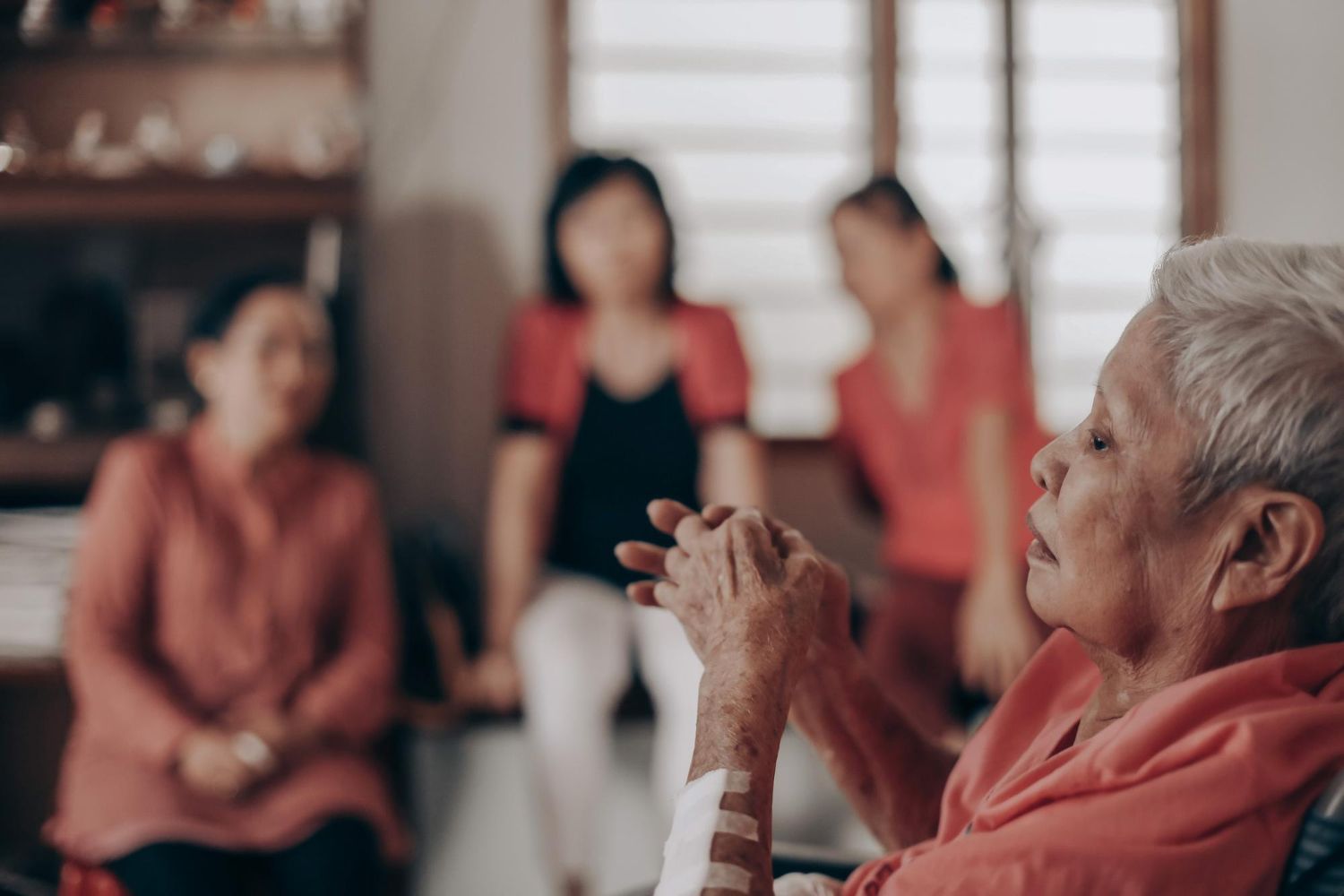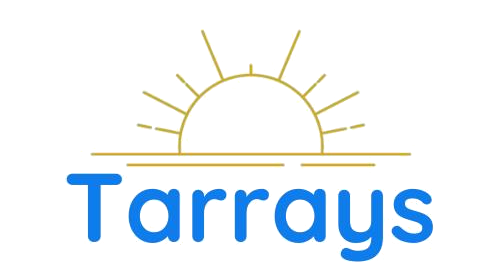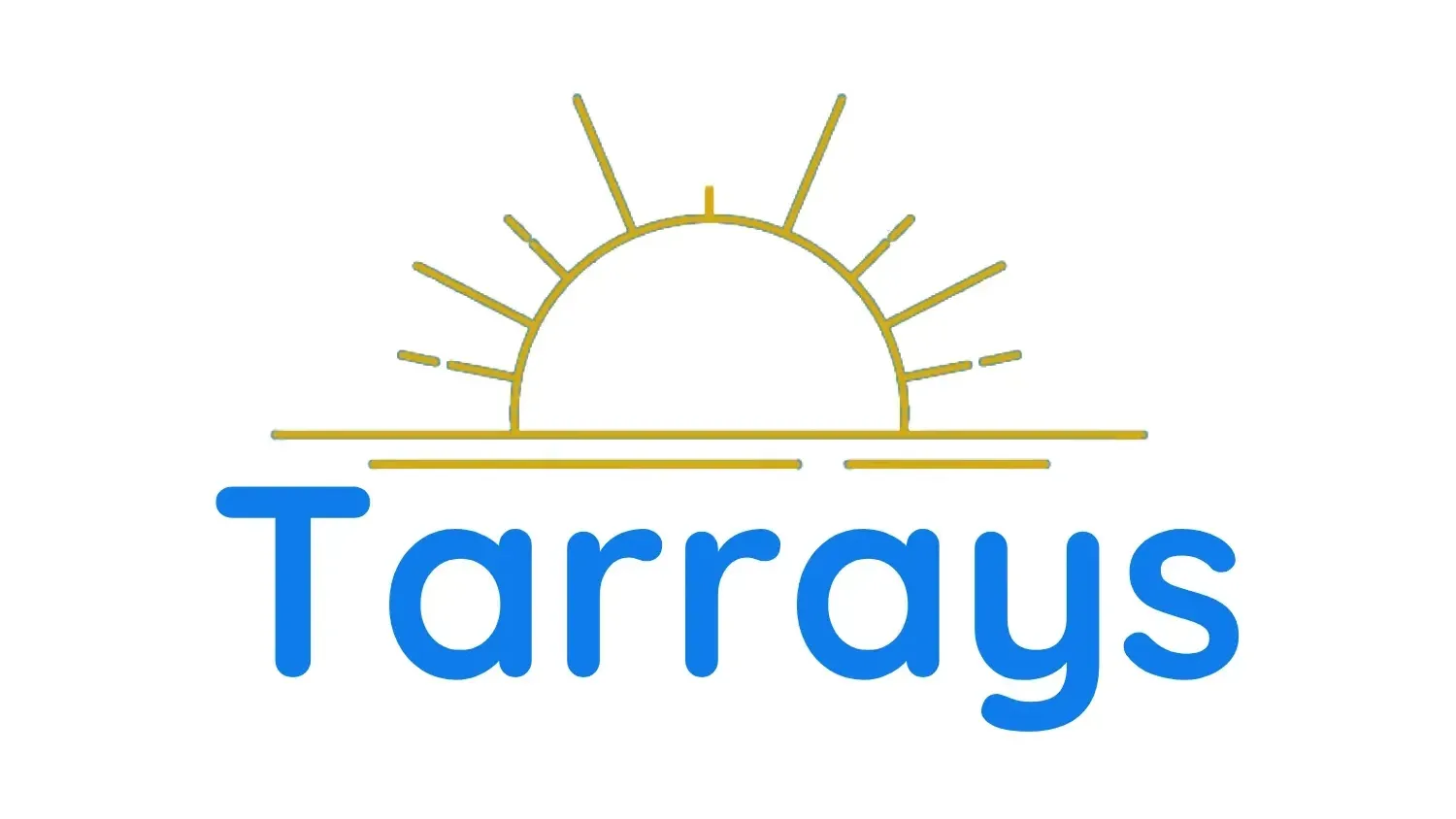Innovative Approaches to Healthcare Delivery in Aged Care: Trends and Best Practices
As a healthcare professional immersed in the aged care industry in Australia, there is a significant evolution in approaches to healthcare delivery. With our population aging and chronic diseases on the rise, a demand surge for personalised, patient-centric care models has become evident. This industry pivot is not merely a trend but an essential progression towards value-based care, which prioritises coordinated efforts, operational efficiency, and improved patient outcomes. The analysis encompasses emerging healthcare delivery models like telemedicine and collaborative care—innovations that are imperative for addressing resource constraints and enhancing service quality.
As we delve into the role technology plays, we'll explore the impact of electronic health records, wearable devices, and digital tools. These advancements are vital for health care workers who are at the frontline of implementing change and ensuring that aged care delivery is not just modernised but also effective and secure. Emphasising interoperability and privacy, we must heed the insights of organisations like the Australian Medical Association, which champions sustainable healthcare solutions. This article anticipates the technological trajectory and strategic partnerships that will redefine aged care in Australia, and I'll offer insights into preparing our workforce and infrastructure for this transformative journey.
In our quest for innovation, it is also paramount to address the economic aspect. We must ensure that the cost burden is lessened without increasing the workload on our dedicated health care workers. Instead, we should aim for enhanced efficiency across all fronts of health and aged care services. The integration of digital health and clinical informatics represents a leap forward in aged care, promising improved coordination and efficiency—goals that I am committed to exploring throughout this article.
By aligning these innovative trends and best practices with our current healthcare delivery models, our recommendations will lay out a future-focused blueprint for healthcare executives and practitioners. We will look at the necessity for appropriate resourcing, including funding models that commend the uptake of evidence-based technologies. Together, let us navigate these changes to uplift the aged care industry in Australia and set a benchmark for excellence in service provision for our elderly citizens.
Analysis of Elderly Healthcare Delivery Models
In analysing the myriad of healthcare delivery models for the elderly, it's become evident that a multidisciplinary approach holds promise for significantly improving the quality of care. By studying models typically incorporating a case manager, interdisciplinary teams, and elderly assessment tools, certain patterns have surfaced. Particularly in the aged care industry in Australia, where we are continually striving for excellence, these models have showcased an ability to cater to the intricate needs of our aging population.
Various research that reviewed 20 articles from nine countries underscored the trend toward localisation — each country tailoring their healthcare delivery models to address the specific challenges within their regional context. Despite the local scopes of these models, a common thread was the reliance on information systems. We, as health care workers, have become increasingly conversant with these systems, which help deliver a wide array of services, including remote patient monitoring, telehealth consultations, and more personalised care plans. Our industry’s shift towards an integrated model signifies a response to the inefficiency of current systems, aiming to bridge gaps and streamline care even across geographically dispersed regions.
A particularly exciting development is the introduction of community paramedicine. This innovative approach isn't just about expanding the role of paramedics but redefining their contribution to the aged care industry. Studies have shown positive impacts on patient health and on easing the pressures faced by healthcare systems. As paramedics take on specialised roles in residential aged care, palliative care, and end-of-life care, it's crucial they receive targeted training to meet these unique demands. Their effective integration could be transformative, and as a health care worker ourselves, I see immense potential for these models to alleviate workforce constraints and provide more immediate, on-the-ground support.
While specifics on costs, funding sources, and quality of care assessments were beyond the scope of the articles reviewed, we can infer that these considerations will be pivotal in evaluating the viability and success of these models. Our commitment in the aged care industry in Australia is to innovate while maintaining financial sustainability and quality — a commitment that we believe can be fulfilled through the strategic application of these delivery models.
Recommendations for Future Healthcare Delivery Models
Building on our review of current models in the aged care industry in Australia, it is essential to address the trajectory that health care delivery should ideally take, drawing on recent worldwide trends. As we stand on the cusp of these transformative times, health care workers like us play a pivotal role in shaping the future. We must embrace and champion the integration of new models that promise not only to elevate the standard of care but also to ensure its sustainability.
Guided by the lessons from the COVID-19 pandemic, we foresee micro-hospitals emerging as a key player. Their smaller scale allows for rapid deployment in underserved areas, providing our aging population with more immediate access to essential services. This could be particularly game-changing in rural parts of Australia, where traditional hospital infrastructure may not be as accessible. Moreover, patient-centric care will continue to evolve to become even more personalised and accessible. Reflecting on our years in the field, the future involves a heightened level of cultural sensitivity, encompassing strategies such as:
- Digital access and engagement to improve patient autonomy and satisfaction.
- Empowerment through clear communication about health data, fostering an informed and engaged aging population.
- Value-based care models, offering a transition from volume-based approaches, ensuring that every dollar spent is translated into improved patient outcomes.
Interoperability between health services is another critical aspect. It enables a seamless exchange of patient information, enhancing the efficiency of care coordination. This not only creates a smoother workflow for us as health care workers but also ensures that our elderly patients receive the most timely and appropriate interventions.
Technological advancements must continue to be the backbone of the aged care industry in Australia. From AI-driven diagnostics to IoT and wearable technologies, these innovations herald a new era in proactive and preventive care. Health-tracking wearables, for instance, can offer insights into a patient's daily health status, giving us the data we need to intervene before acute events occur.
We cannot understate the importance of cybersecurity in this tech-forward scenario. Our incorporation of advanced technologies must go hand in hand with robust cybersecurity measures to protect the sensitive data of our valued aged community. Meanwhile, Blockchain presents an exciting frontier for secure management of medical records, and its potential to revolutionise data transparency and integrity is something we, health care workers, should advocate for and harness.
Finally, the adaptation of comprehensive and innovative healthcare delivery models such as ACOs, PCMHs, and especially digital health platforms, will form the cornerstone of an adaptive, efficient, and patient-focused aged care ecosystem. These models have already demonstrated their effectiveness depending on location, population served, and healthcare challenges unique to each context.
Our goals are clear – implement patient-centric models, promote health equity, and ensure that the care we provide is both cost-effective and of the highest possible standard. We must operate not in silos but in a collaborative network, aiming for the mutual enrichment of services and outcomes. As we progress, aligning with these recommendations will ensure that the aged care industry in Australia not only meets the demands of the present but is also well-prepared to adapt to the evolving landscape of healthcare for our future generations.
Conclusion
In conclusion, the evolution of healthcare delivery in aged care reflects a pivotal shift towards more personalised, efficient, and technology-driven models that hold the promise of improving patient outcomes and system sustainability. Throughout this article, we have revisited the main thesis that integrating emerging trends such as telemedicine, community paramedicine, and advancements in digital health is paramount for addressing the growing demands of an aging population. By summarising these innovative approaches, we reinforce their significance in shaping a future-proof and resilient aged care industry in Australia.
As we look to the future, it is clear that the implications of these healthcare delivery trends extend far beyond the confines of current models, paving the way for a system that is not only more responsive to the needs of the elderly but also adaptable to the challenges that lie ahead. It is imperative that healthcare professionals and industry stakeholders take a proactive role in adopting these best practices, safeguarding the integrity of aged care, and ensuring that our efforts today will benefit the welfare of our senior citizens for years to come.












